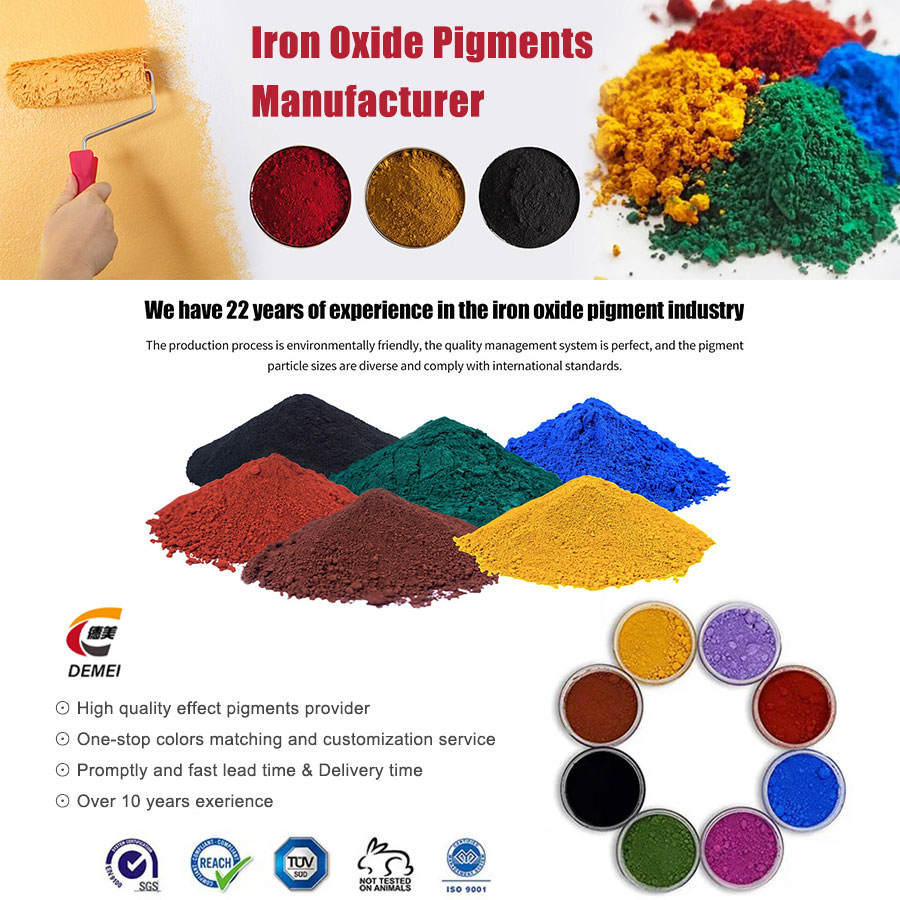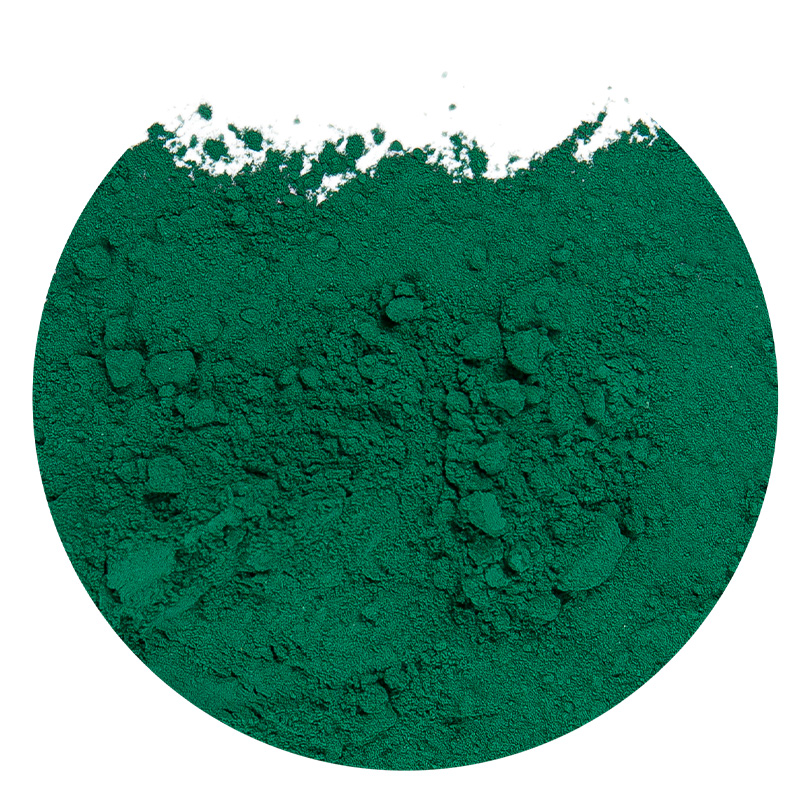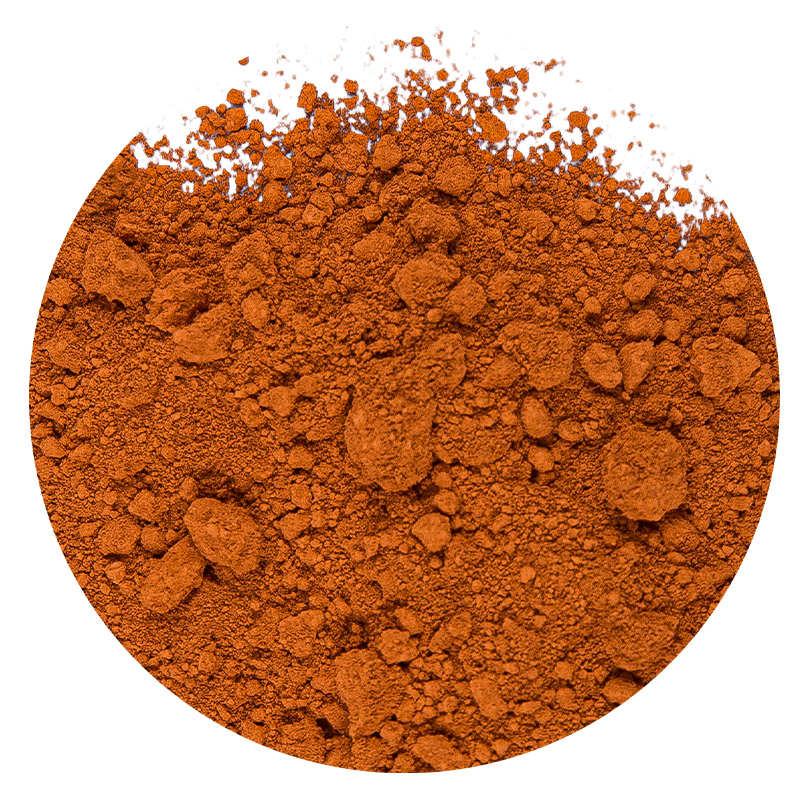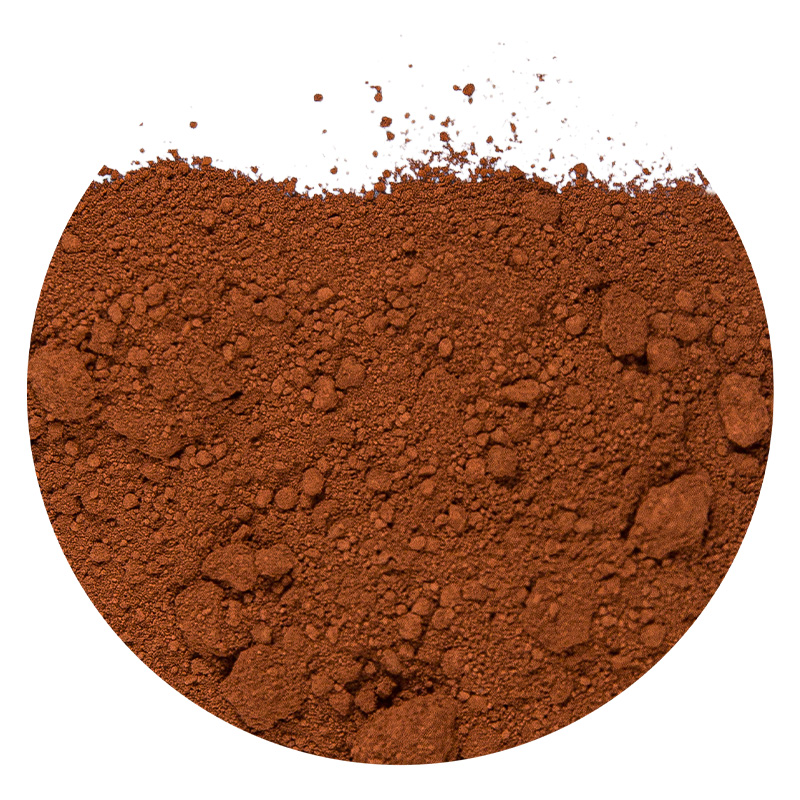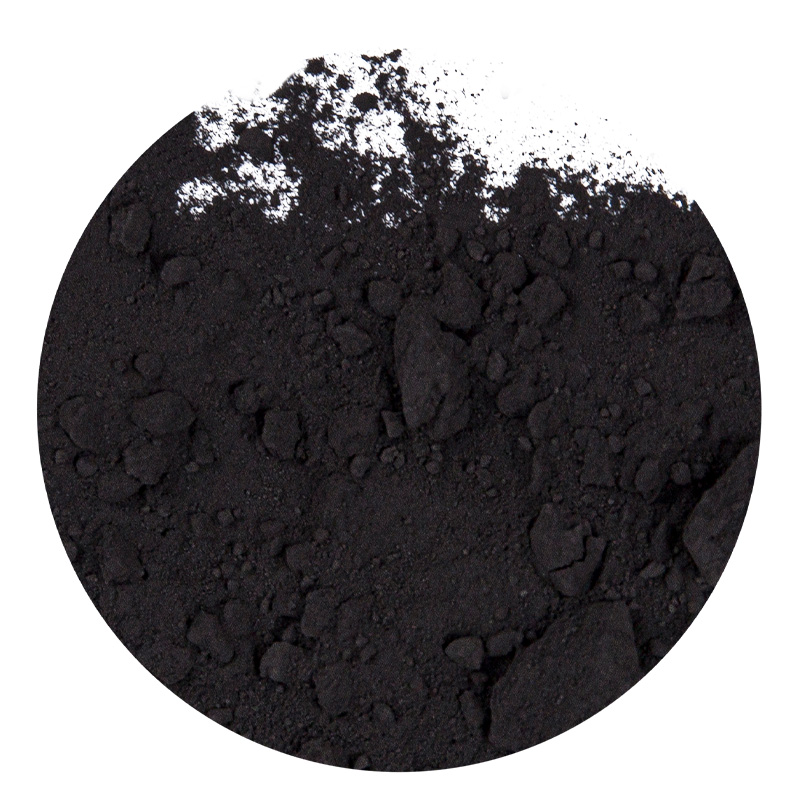The Ultimate Guide to Oxide Pigment Powder: Uses, Benefits, and Selection
- 1 What is Oxide Pigment Powder and How is it Produced?
- 2 Top 5 Applications of Oxide Pigment Powder in Various Industries
- 3 How to Choose the Right Oxide Pigment for Your Project
- 4 Mixing and Dispersion Techniques for Optimal Results
- 5 Safety and Handling of Dry Oxide Pigments
- 6
- 7 FAQ
- 7.1 What is the difference between natural and synthetic oxide pigment powder?
- 7.2 Can I use oxide pigment powder for soap making?
- 7.3 How do I calculate the correct amount of oxide pigment for concrete?
- 7.4 Are oxide pigments safe to use in cosmetics?
- 7.5 What is the shelf life of oxide pigment powder?
Oxide pigment powder is a versatile and widely used coloring agent known for its stability, vibrancy, and broad application range. Derived primarily from natural minerals, these inorganic pigments are essential in industries ranging from construction and coatings to art and cosmetics. Their popularity stems from excellent lightfastness, weather resistance, and non-toxic properties. This comprehensive guide delves deep into the world of oxide pigment powder, exploring its characteristics, practical uses, and how to select the right type for your project. Whether you are a DIY enthusiast or a professional formulator, understanding these pigments will empower you to achieve consistent, high-quality results.
What is Oxide Pigment Powder and How is it Produced?
Oxide pigment powder consists of synthetic or naturally occurring iron oxides that are processed into fine, dry particles. The manufacturing process involves careful control of chemical reactions, precipitation, and calcination to achieve specific hues and particle sizes. This results in a palette primarily featuring reds, yellows, blacks, and browns, though other shades like blue and green can be created using complex metal oxides. The key to their performance lies in their inorganic nature, which provides inherent stability against environmental factors.
- Chemical Composition: Primarily iron oxides (Fe₂O₃ for red, FeOOH for yellow) and other metal oxides like chromium oxide for green.
- Particle Size Distribution: Finely milled to ensure even dispersion and consistent color development in various mediums.
- Production Methods: Synthetic production allows for purer, more consistent colors compared to mined natural oxides.
- Key Properties: These pigments are insoluble in water and most solvents, making them ideal for systems where leaching or bleeding is a concern.
Top 5 Applications of Oxide Pigment Powder in Various Industries
The utility of oxide pigment powder spans numerous fields due to its durability and color fastness. Its ability to integrate seamlessly into different binding systems makes it a first choice for industrial and artistic applications. Below, we explore the most significant uses, demonstrating why this pigment is a staple material.
- Construction and Concrete Staining: Used to color concrete, pavers, and bricks, providing long-lasting, fade-resistant hues that integrate throughout the material.
- Coatings and Paints: Formulated into industrial and architectural paints for metals and wood, offering excellent opacity and UV protection.
- Plastics and Polymers: Incorporated during compounding to mass-color plastic products without significantly affecting mechanical properties.
- Artists' Materials: A key component in oil paints, acrylics, and watercolors, valued for their purity and lightfastness by artists.
- Cosmetics and Personal Care: Used in mineral makeup, soaps, and lotions where skin-safe, non-irritating colorants are required.
Comparing Oxide Pigments with Other Colorant Types
When selecting a colorant, it's crucial to understand how oxide pigment powder stacks up against alternatives like organic pigments or dyes. The choice often hinges on the required durability, chemical resistance, and application method. Oxides generally excel in stability, while organics may offer brighter shades but poorer lightfastness.
| Property | Oxide Pigments (Inorganic) | Organic Pigments | Dyes |
| Lightfastness | Excellent | Good to Poor | Poor |
| Heat Stability | High | Moderate | Low |
| Chemical Resistance | High | Variable | Low |
| Opacity | High | Transparent to Semi-Opaque | Transparent |
| Cost | Low to Moderate | Moderate to High | Low |
How to Choose the Right Oxide Pigment for Your Project
Selecting the appropriate oxide pigment powder is critical for achieving the desired aesthetic and functional outcome. The decision should be based on the base material, processing conditions, and the final product's exposure environment. Not all oxide pigments are created equal, and factors like particle size and surface treatment can significantly impact performance.
- Compatibility with the Medium: Ensure the pigment disperses well in your specific binder (e.g., epoxy, cement, oil).
- Desired Color Strength and Opacity: The Particle Size Distribution (PSD) affects tinting strength; finer particles often provide greater color development.
- Processing Temperature: Verify the pigment's heat stability if used in plastics or ceramics manufacturing.
- Exposure Conditions: For outdoor applications, prioritize pigments with proven weather and UV resistance.
- Regulatory and Safety Compliance: For cosmetics or toys, select grades that are approved for direct skin contact or food contact surfaces if applicable.
Understanding the Role of Particle Size in Color Performance
The particle size of a oxide pigment powder is a fundamental property that dictates its color, hiding power, and rheology. A finer grind typically results in a stronger, more transparent color, while a coarser grind can provide more opacity but potentially less strength. This is a critical consideration for achieving vibrant colors for soap making without speckling, or for creating smooth, consistent finishes in automotive coatings.
- Fine Particles (<1 micron): Higher surface area, increased tinting strength, potential for higher oil absorption.
- Coarse Particles (>1 micron): Better opacity, faster settling, potentially weaker color strength.
- Narrow PSD: Provides more predictable and consistent dispersion and color development.
- Broad PSD: Can lead to issues with flooding and floating in liquid coatings.
Mixing and Dispersion Techniques for Optimal Results
Properly incorporating oxide pigment powder into your medium is essential to unlock its full color potential and avoid defects. Inadequate dispersion can lead to speckling, streaking, or reduced color strength. The goal is to break down agglomerates and evenly distribute each primary particle throughout the binder. This is especially important when creating a concrete coloring oxide powder mix to ensure a uniform hue throughout the slab.
- Pre-dispersion in a Liquid Carrier: Create a paste by mixing the dry powder with a small amount of solvent or plasticizer before adding to the main batch.
- Use of Mechanical Mixers: High-shear mixers or dispersers are far more effective than simple stirring for breaking up agglomerates.
- Milling: For the finest dispersion and highest gloss in coatings, passing the mixture through a bead mill or three-roll mill is often necessary.
- Wetting Agents and Dispersants: These additives reduce the interfacial tension, helping the binder wet the pigment surface more effectively and preventing re-agglomeration.
Common Dispersion Problems and Their Solutions
Even with the best techniques, issues can arise. Understanding these common problems will help you troubleshoot your process when working with oxide pigment powder.
| Problem | Likely Cause | Solution |
| Speckling | Incomplete breakdown of pigment agglomerates. | Increase mixing shear, pre-disperse, or use a mill. |
| Flooding and Floating | Pigment separation due to differences in particle size or density. | Use a narrower PSD pigment or add anti-flooding agents. |
| Sedimentation | Pigment particles settling out of suspension over time. | Use additives like anti-settling agents or rheology modifiers. |
| Low Color Strength | Poor dispersion or incorrect pigment concentration. | Optimize dispersion energy and check let-down ratio. |
Safety and Handling of Dry Oxide Pigments
While oxide pigment powder is generally considered non-toxic and safe for many applications, prudent safety measures are mandatory during handling. The primary hazard is the inhalation of fine dust particles, which can irritate the respiratory system. Always refer to the specific Material Safety Data Sheet (MSDS) provided by the supplier for the most accurate safety information, particularly when searching for non-toxic oxide pigments for cosmetics or other sensitive applications.
- Respiratory Protection: Wear a NIOSH-approved dust mask (N95 or better) when handling dry powder, especially during weighing and initial mixing.
- Eye Protection: Safety glasses are recommended to prevent eye irritation from airborne particles.
- Skin Protection: While generally low risk, wearing gloves and long sleeves can prevent skin dryness and contamination.
- Good Hygiene Practices: Avoid eating, drinking, or smoking in areas where pigments are handled. Wash hands thoroughly after use.
- Workspace Ventilation: Use local exhaust ventilation or work in a well-ventilated area to control dust levels.
FAQ
What is the difference between natural and synthetic oxide pigment powder?
Both natural and synthetic oxide pigment powder are chemically similar, but their origin and processing differ significantly. Natural oxides are mined from the earth, crushed, washed, and milled. They often contain impurities, leading to more muted, earthy colors that can vary between batches. Synthetic oxides are manufactured in a controlled chemical process (e.g., precipitation or calcination), resulting in purer chemical compositions, brighter and more consistent colors, and superior performance in terms of tinting strength and uniformity. For most industrial and artistic applications where color consistency is key, synthetic oxides are preferred.
Can I use oxide pigment powder for soap making?
Yes, oxide pigment powder is an excellent choice for vibrant colors for soap making, particularly in melt-and-pour and cold-process methods. Its inorganic nature makes it very stable in the high-pH environment of soap, preventing fading. To avoid speckling, it's crucial to disperse the powder properly. The best practice is to create a slurry by mixing a small amount of pigment with a lightweight oil, glycerin, or distilled water from your recipe before thoroughly blending it into the soap base. Always ensure you are using pigments specifically labeled as skin-safe or approved for cosmetic use.
How do I calculate the correct amount of oxide pigment for concrete?
Calculating the correct amount of concrete coloring oxide powder is vital for achieving the desired shade and cost-effectiveness. The dosage is typically expressed as a percentage of the cement's weight by weight (wt%). For integral coloring (mixing throughout the entire volume), a common dosage range is 1% to 5% for light to dark shades, respectively. For a standard gray cement, 2-3% often produces a noticeable, medium-toned color. It's always best to conduct small test batches first, as the final color is influenced by the cement's original color, the water-cement ratio, and the curing conditions. Exceeding recommended dosages can weaken the concrete matrix.
Are oxide pigments safe to use in cosmetics?
Certain grades of oxide pigment powder are absolutely safe and are the backbone of mineral makeup, making them ideal as non-toxic oxide pigments for cosmetics. However, it is imperative to source pigments that are explicitly certified for cosmetic use. These pigments undergo rigorous testing for heavy metal content and other impurities to ensure they meet strict international safety standards (like those from the FDA or EU regulations). They are generally considered non-irritating and non-comedogenic. For any cosmetic application, never use industrial-grade oxides intended for paint or concrete.
What is the shelf life of oxide pigment powder?
When stored correctly, oxide pigment powder has an exceptionally long, virtually indefinite shelf life. Its inorganic composition means it does not degrade or expire like organic materials or dyes. The key to preserving its quality is proper storage: in a cool, dry place, in a tightly sealed container away from direct sunlight and moisture. Contamination from other materials or exposure to humid air are the only real threats, as they can lead to clumping or difficult dispersion. Properly stored, your oxide pigment powder can remain usable for decades without any loss of color properties.

 English
English عربى
عربى русский
русский Español
Español